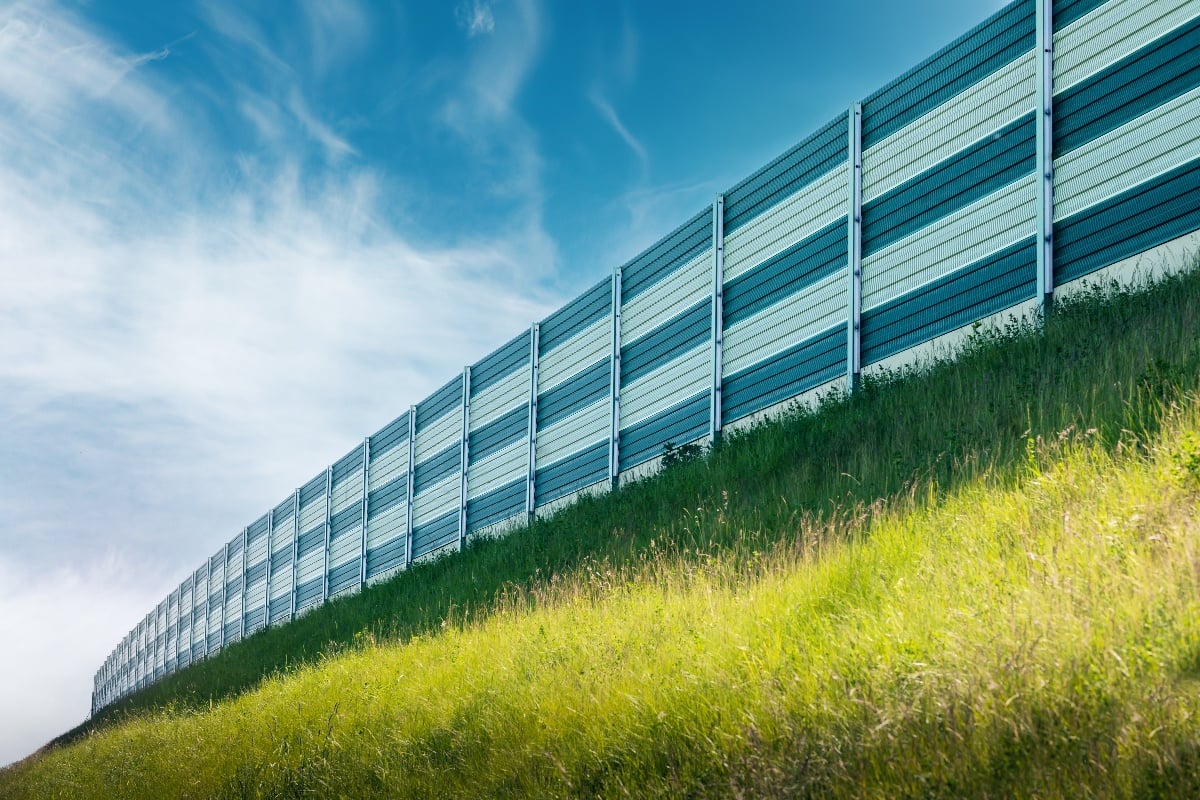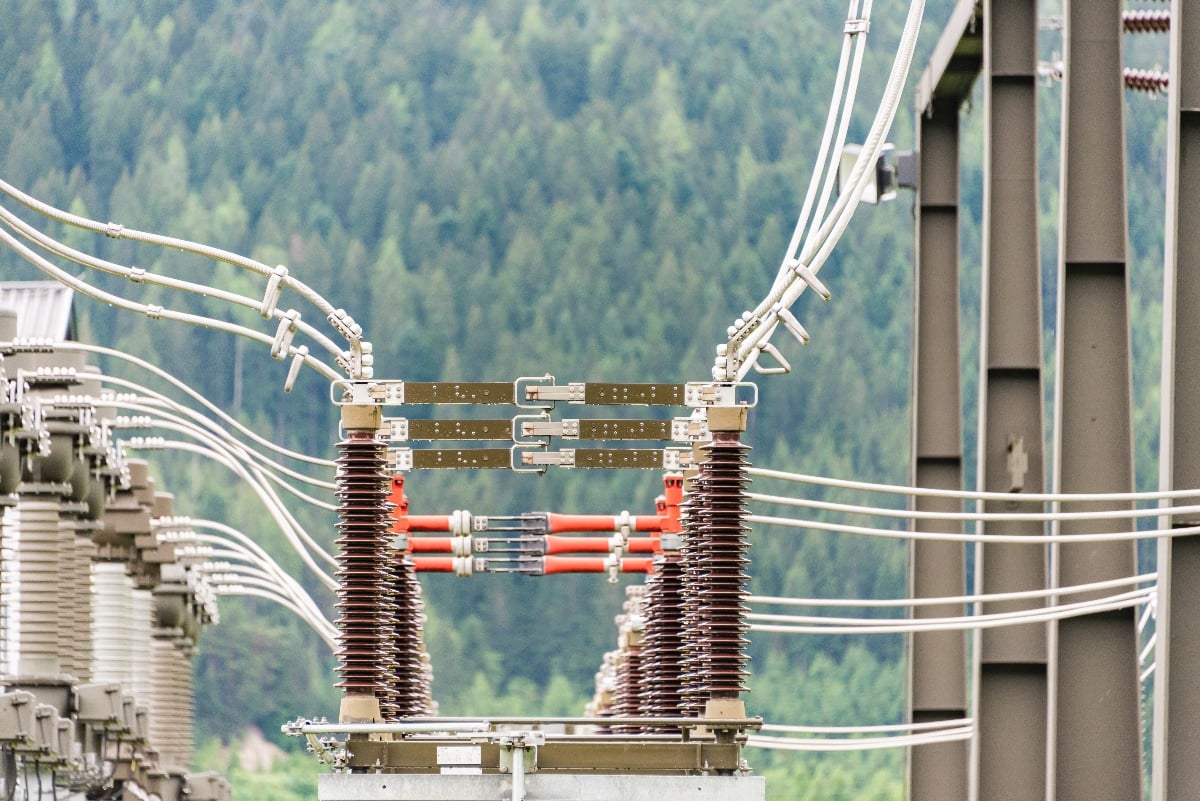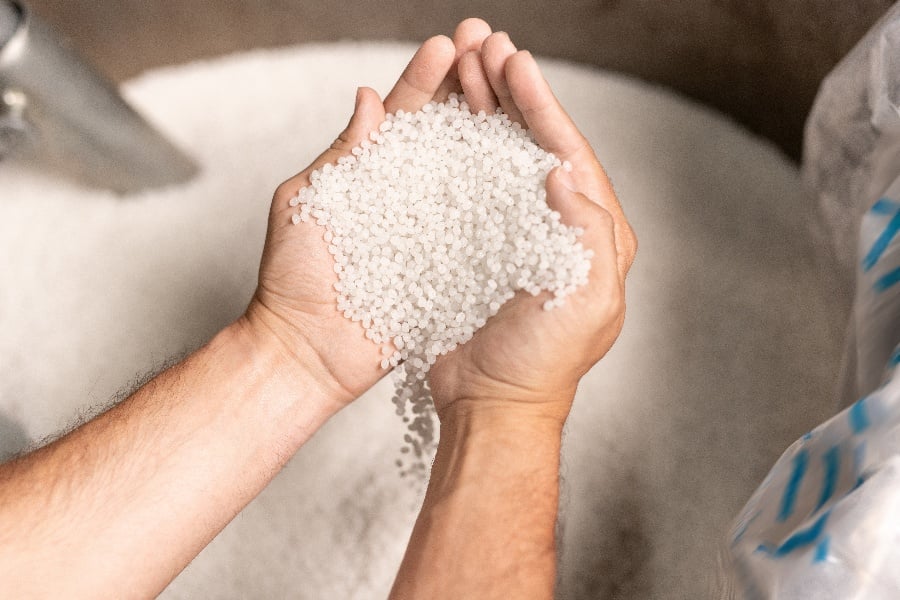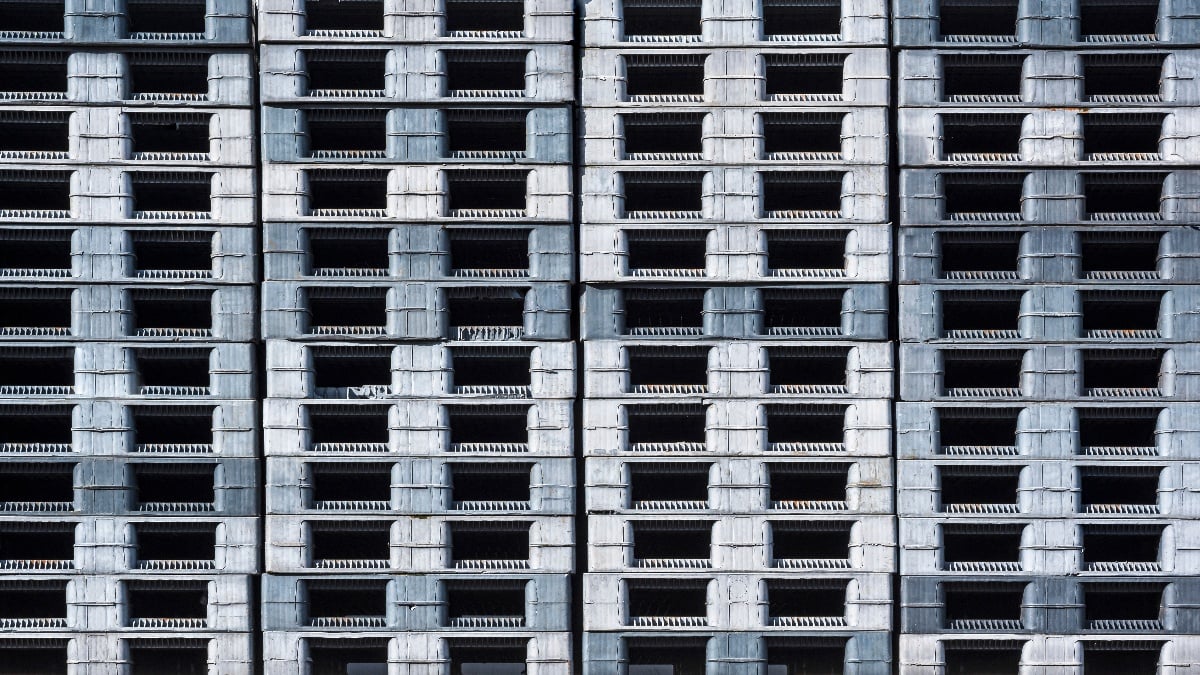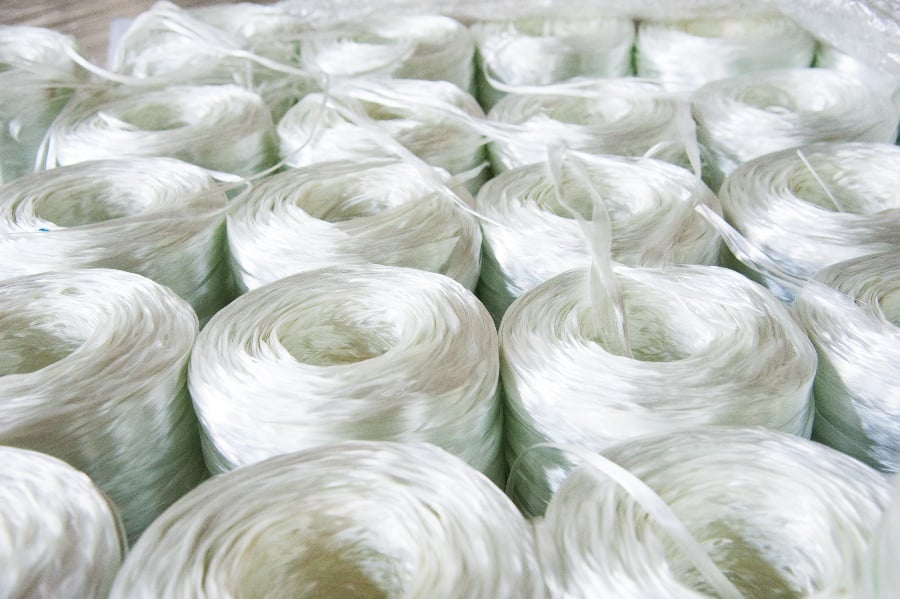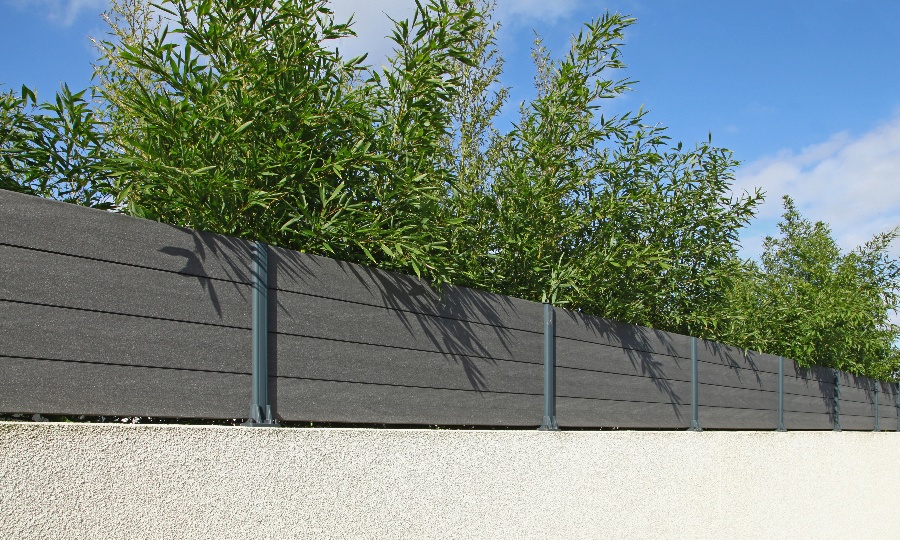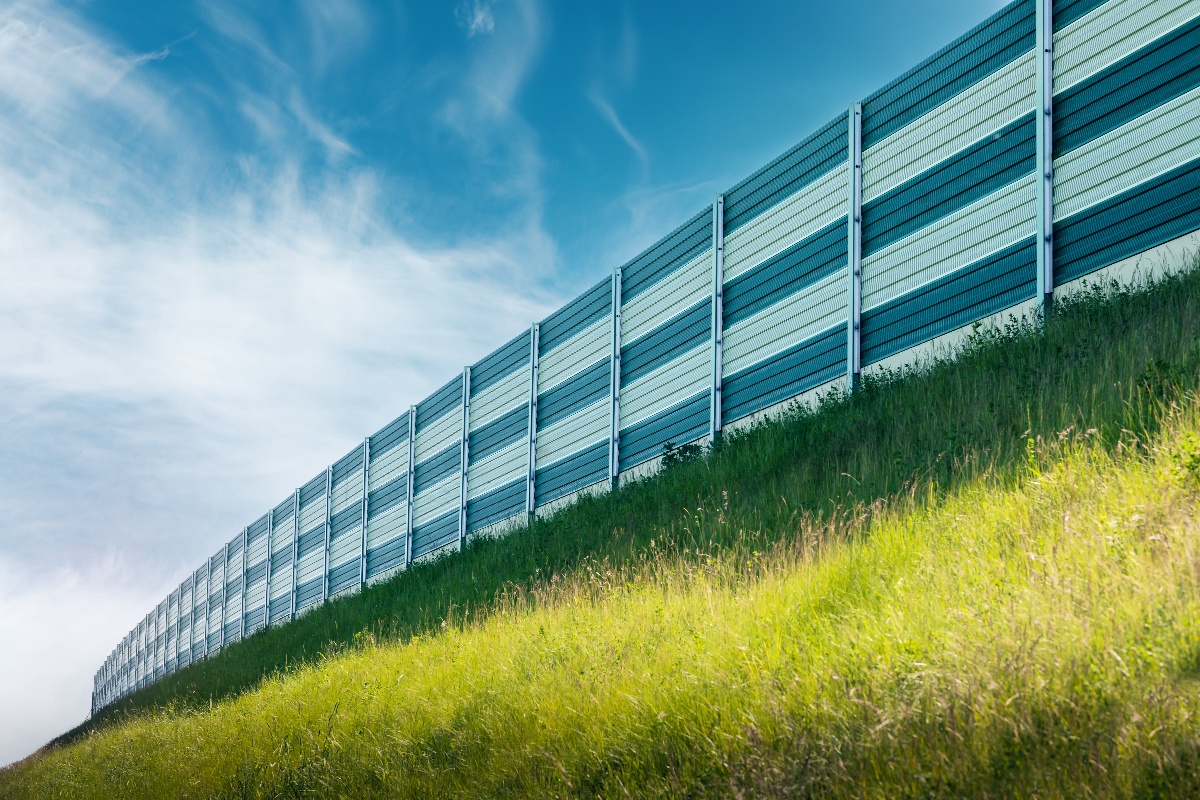
Traffic noise is an often-overlooked aspect of urban and suburban development, but its impact on the daily lives of residents cannot be understated. As highways, expressways, and major roadways expand to accommodate growing populations and increased vehicular movement, the problem of noise pollution has grown in tandem. Highway sound barriers, structures designed to intercept and mitigate the noise generated by vehicles, act as a shield for communities located in proximity to these bustling highways.
In this article we will tackle the types of materials that are ideal for these structures, as well as some of the engineering and science behind highway sound barriers.
Basics of Sound Propagation and Attenuation
To understand how sound barriers work and their importance, it's crucial to grasp the basics of how sound waves travel and can be attenuated.
Fundamentals of Sound Waves and How They Travel
Sound waves are essentially vibrations that travel through a medium (like air) as pressure waves. When a car zooms by on a highway, it creates these vibrations. These waves move outward in all directions, and when they reach our ears, they are translated into what we perceive as sound.
The loudness or intensity of sound is measured in decibels (dB). The closer one is to the source of the noise (e.g., a busy highway), the louder the sound. As the distance from the sound source increases, its intensity decreases. However, without any obstruction, sound waves can travel long distances and still be quite audible.
Performance Metrics
The primary objective of a sound barrier is to effectively reduce noise. But how do engineers determine the success of a barrier? It's vital to have quantifiable metrics to measure the efficiency of these barriers. This ensures they are not just functional but optimized for maximum sound attenuation.
How the Efficiency of a Sound Barrier is Measured
The performance of sound barriers is commonly assessed using a combination of laboratory tests and field measurements. The most prevalent metric used is the Sound Transmission Class (STC), which rates how well a barrier blocks sound. A higher STC indicates better performance. In addition to STC, Noise Reduction Coefficient (NRC) can be used to measure the absorption qualities of a barrier. NRC rates materials between 0 (perfect reflector) and 1 (perfect absorber).
Factors Influencing Performance
Height: A basic principle is that the taller the barrier, the more noise it can block. However, it's not always feasible to erect extremely tall barriers due to structural and aesthetic considerations.
Density: Denser materials tend to block sound more effectively because they offer more resistance to the passage of sound waves. That's why concrete, a dense material, is commonly used in noise barriers.
Surface Texture: A rough or uneven surface can scatter sound waves, leading to a reduction in noise levels on the other side of the barrier. This is why some barriers incorporate designs or patterns on their surfaces.
Distance from Noise Source: The closer the barrier is to the source of noise, the more effective it is likely to be. This is because it can block the sound before it has a chance to spread out and diffract.
Design Considerations for Optimal Sound Attenuation
While understanding the metrics is crucial, the design of a sound barrier goes beyond mere numbers. Several factors must be taken into account to ensure that a barrier is not only effective but also fits into the landscape and serves the community efficiently.
Factors Influencing Design
Highway Traffic Volume: A busy eight-lane highway will generate more noise than a quiet two-lane road. It's essential to factor in current traffic volumes as well as projections for the future.
Topography of the Land: Sound behaves differently on flat land compared to hilly or undulating terrains. In some cases, natural features can act as sound barriers, or they may funnel sound towards specific areas. Understanding the lay of the land is essential in designing an effective barrier.
Nearby Residential or Commercial Areas: The purpose of the barrier is to protect people from excessive noise. Therefore, the proximity and nature of residential or commercial areas will play a significant role in the barrier's design. For instance, barriers near schools or hospitals might need to provide more stringent noise reduction.
Engineering Principles for Designing Effective Barriers: Sound barrier design isn't just about blocking noise—it's also about ensuring the barrier is structurally sound, durable, and safe. This means considering factors like wind loads, potential vehicular impact, and soil stability. Additionally, the barrier should be designed for easy maintenance and, if necessary, modification.
By merging the knowledge of sound propagation with engineering principles and considering the unique challenges of each location, it's possible to design sound barriers that effectively shield communities from the roar of the highways, enhancing their quality of life.
Maintenance and Longevity of Different Materials
For sound barriers to remain effective over time, their maintenance and the longevity of the materials used are of paramount importance.
Wear and Tear Concerns and Their Impact on Sound Attenuation
Environmental Factors: Elements like rain, snow, and UV rays can degrade materials over time. For instance, wooden barriers may rot or warp, while metal panels can corrode.
Physical Damage: Accidental impacts from vehicles or vandalism can compromise the structural integrity and performance of the barrier.
Material Degradation: Over time, even without external damage, materials can deteriorate, which can reduce their sound-blocking effectiveness.
Costs Associated with Maintaining Different Types of Barriers:
Routine Maintenance: This includes tasks like cleaning, repainting, or minor repairs. While some materials might be low-cost upfront, they might have higher maintenance costs in the long run.
Replacement Costs: Should a section of the barrier become too degraded, it might be more cost-effective to replace rather than repair it. This cost varies significantly based on the material and design.
How Different Materials Affect Sound Wave Propagation
Every material has unique properties that influence how it interacts with sound waves. When sound waves encounter a barrier, several things can happen:
Reflection: Some of the sound waves bounce back from the barrier, reducing the amount of noise that passes through to the other side.
Absorption: Certain materials can absorb some of the sound energy, converting it into a different form of energy, like heat. This further reduces the sound that gets transmitted.
Diffraction: This refers to the bending of sound waves around obstacles. A sound barrier needs to be tall enough to prevent sound waves from simply bending over the top and reaching the other side.
Different materials can either reflect, absorb, or allow diffraction of sound waves to varying degrees. For a sound barrier to be effective, it ideally should reflect and absorb as much of the sound as possible while minimizing diffraction.
Fiberglass-reinforced plastic (FRP) as a Material Option for Highway Sound Barriers
In the search for materials that strike the right balance between efficiency, durability, and sustainability, Fiberglass-Reinforced Plastic (FRP) has emerged as a compelling option for highway sound barriers. Its unique combination of properties make it suitable for noise attenuation while addressing many of the concerns associated with traditional materials.
Characteristics of FRP
Lightweight Yet Strong: FRP offers a strength-to-weight ratio superior to many traditional materials. This lightness can reduce transportation and installation costs, yet its strength ensures it can withstand environmental stressors.
Corrosion Resistance: Unlike metals, FRP is inherently resistant to corrosion, making it ideal for regions with high humidity or salt exposure, such as coastal areas.
Design Flexibility: FRP can be molded into various shapes, textures, and colors, providing designers with a versatile palette to create barriers that are both functional and aesthetically pleasing.
Sound Attenuation Properties
Density and Rigidity: While FRP is lightweight, its rigidity ensures that it reflects a significant portion of the sound waves striking its surface.
Potential for Absorptive Additions: The composite nature of FRP means that sound-absorbing materials can be integrated into the matrix or applied as coatings, enhancing its sound attenuation properties.
Environmental and Maintenance Benefits
Durability: FRP's resistance to environmental factors like UV rays, moisture, and temperature fluctuations ensures it remains effective for longer periods with minimal degradation.
Reduced Maintenance: The inherent properties of FRP mean that it requires less routine maintenance. It doesn't need regular painting or treatments like wood or metals, reducing long-term costs.
Sustainability: Production of FRP can be less resource-intensive than materials like concrete or metals. Moreover, advancements in recycling technologies are making it increasingly possible to repurpose or recycle FRP products at the end of their life cycle.
As the need for effective and sustainable sound barrier solutions grows, materials like Fiberglass-Reinforced Plastic present a promising path forward. With the right design and application, FRP can offer communities long-lasting, efficient, and aesthetically pleasing noise attenuation solutions, aligning with modern infrastructure demands.

